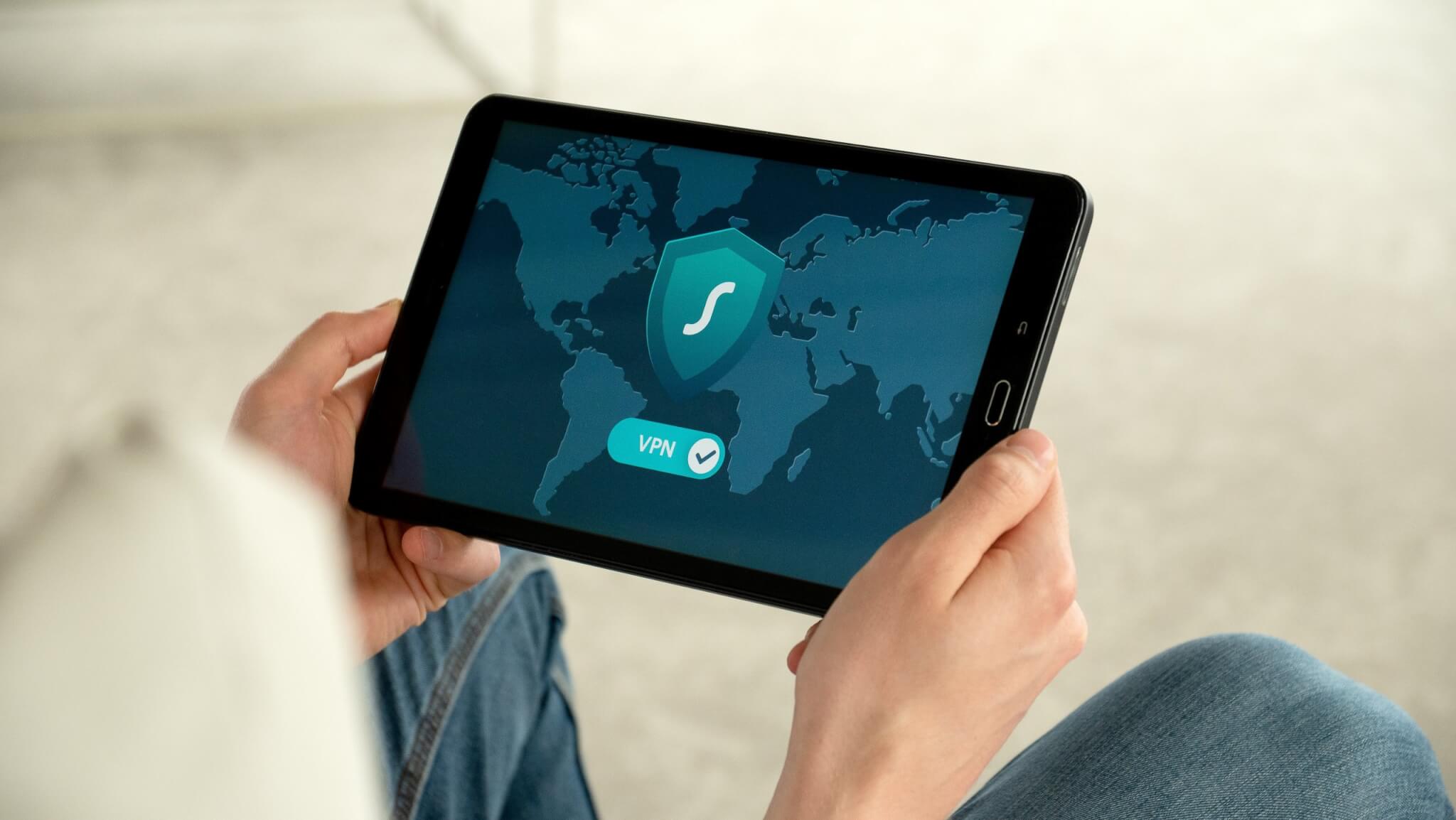Security has always been a primary concern for businesses. Not so long ago it was the security of company premises, assets, and employees that took precedence. Today, however, cybersecurity is equally or even more important. As enterprise IT systems (including IBM i) become increasingly interconnected, exploiting various vulnerabilities in enterprise networks is more attractive to bad actors. Hacking attempts and cyberattacks on business IT resources are more frequent today than ever before. As a result, organizations are stepping up efforts to keep their IT systems secure, modernizing their infrastructure, and protecting against cyberattacks. In light of this, it is no surprise that enterprise cybersecurity standards and modernization tools have also increased in recent years.
Today enterprises simply can’t afford to develop and implement business applications without focusing on application security. Nor can they keep using old apps developed when the demands for business app security were much lower. Even though the IBM i platform is legendary for its security and reliability, legacy IBM i 5250 apps may be far from secure now.
The good news, however, is that powerful modern-day IBM i modernization tools allow organizations to transform their IBM i business apps to provide up-to-date security against cyber threats.
Are there dangerous exploits and vulnerabilities in IBM i legacy apps?
Organizations developed IBM i green screens at a time when organizations didn’t require any serious cyber security features. They used the applications internally, and developers did not need to include any sophisticated security mechanisms. Authorization occurred at the application entry point. Times have changed, however, and IBM i require serious modernization in order to meet the requirements of the digital transformation era.
Here are some of the most common vulnerabilities in legacy business apps that cybercriminals can exploit if an app isn’t properly modernized.
Authentication errors
IBM i 5250 apps commonly have a flawed authentication process. Hackers can exploit this vulnerability to bypass the authentication process and get access to company data or app features.
Buffer overflow
Buffer overflows, also called buffer overruns, are well-known software vulnerabilities. It occurs when the volume of data exceeds the storage capacity of the memory buffer. As a result, the program overruns the buffer’s boundary and overwrites adjacent memory locations. Hackers can use buffer overflow to create an entry point for an attack or cause a system crash.
Application configuration errors
Application configuration errors, from default passwords and hard-coded user IDs to enabled-by-default testing features, are common in legacy business apps. Cybercriminals can use these maliciously.
Cache poisoning
Cache poisoning is another common and well-known security vulnerability. The technique exploiting this vulnerability places invalid entries into a cache that the system later assumes are valid. Caching malicious attack responses amplifies or spreads the effect of an exploit.
Code injection
Code injection exploits a vulnerability that allows hackers to force the app to process invalid data. This type of cyberattack consists of injecting code that is later executed by the application.
Denial of service
Denial of service is a type of cyberattack that shuts down the servers or networks powering an app. If you do not protect your applications and IT system from denial of service attacks, hackers can make them unavailable or inoperable.
Data access by breaking cryptographic algorithm
Legacy apps quite often use outdated, insecure, and easily decrypted cryptographic algorithms for data exchange. By exploiting this vulnerability, cybercriminals can get access to your company’s information.
How do you protect your IBM i apps from security threats and vulnerabilities?
Modernization is the best way to protect your business apps and IT infrastructure from these and many other vulnerabilities. To establish high-level app security without allocating huge budgets and hiring expensive cybersecurity experts, you need to adopt pre-built security solutions for IBM i apps. They minimize the risk of security disruptions while saving your development team valuable time.
Visual LANSA
Visual LANSA is a comprehensive low-code rapid application development platform that allows companies to build enterprise-grade mobile, web, and desktop apps. LANSA has more than 30 years of experience working with IBM i, and this extensive knowledge of IBM i ecosystems shows in all LANSA products. As a result of its broad IBM i understanding, Visual LANSA provides exclusive solutions for IBM i developers. This includes tools that make creating new IBM i apps easy.
LANSA makes it easier than ever to put real-time information into the hands of your mobile users. Using a single platform and skillset, LANSA lets your team quickly create both mobile-first and web apps, even without mobile app development experience. When it comes to building mobile apps, LANSA puts you in control.
With LANSA’s built-in responsive design, you can deploy your apps to any mobile device – regardless of size – for an optimized user experience. You can also leverage the full capabilities of mobile devices, by building hybrid or native apps for iOS, Android or Windows devices — all without additional hiring or expensive training. Simply put, if you come up with the ideas, then LANSA handles the code.
Portalize
Portalize is a fully functional and customizable portal framework loaded with powerful security and access control elements. By providing pre-made portal components, Portalize simplifies the creation of app portals and saves your developers from the need to code complex portal features.
LANSA made security a top priority when developing Portalize. We placed our expertise in data security into Portalize to ensure that your application is up to date with modern security standards right out of the box. It is one of a suite of powerful IBM i modernization tools.
The framework incorporates a wide range of pre-built administrative features that can be integrated into any app. Admins can easily manage user accounts. They also have full control over every user’s security and notification settings. They can control session logging as well as turn Google Analytics on or off at will. Whether you have a few, a few hundred, or a few thousand users, Portalize’s admin features will make keeping control of your portal users a snap.
Portalize also allows you to enable request validation checks for enhanced security. This is in addition to IP monitoring and banning features to reduce malicious attempts and thwart attacks. You can also limit login attempts and control the number of security questions as well as the actual questions asked.
How to create a modernized IBM i app (live demo) using easy to use modernization tools?
If you are interested in diving a bit deeper into the topic of IBM i modernization tools, techniques, and approaches, then you should watch this Common Europe webinar featuring Eugene King, LANSA’s Senior Sales Engineer. In this webinar, Eugene showcases the process of creating a web app using the Visual LANSA application framework’s prototyping tool and integrating the prototype into a working application. He also demonstrates how to quickly web-enable 5250 apps.
You can also read our previous articles covering IBM i modernization in the context of app security issues:
- The Secret To IBM i Application Modernization Security
- A Beginner’s Guide To A Secure IBM i Portal
- 12-Point Mobile Application and Data Security Checklist
Ready to level up your IBM i app security with modernization tools such as LANSA and aXes?
LANSA’s platform combines all the right trends in modern-day software development and digital transformation, helping organizations truly utilize the power of automation and digital transformation technologies. LANSA is the solution for organizations that need to implement IBM i modernization and data integration quickly, reliably, and with limited developer resources.
One LANSA solution created specifically for IBM i users is aXes. It is a tailor-made tool designed to automate the creation of web-enabled IBM i applications. It allows organizations to easily transform their existing IBM i 5250 apps into web pages out-of-the-box, without changing source code.
aXes includes an API that allows developers to create programs able to automatically operate applications written with RPG or COBOL. Additionally, applications can use aXes to simulate the actions of a person entering data on screens in an IBM i application. This feature makes it possible to integrate existing 5250 apps with .NET, Java, and other platforms without changing their source code. aXes caters to a wide range of automation options with versions of the API for .NET for Windows, Java for IBM i and Windows, and RPG for IBM i.
Thinking about investing in LANSA’s low-code solutions, but need to ensure they meet all your business requirements? You can get a free Proof of Concept (POC) implemented by LANSA based on your input data. Just fill-up the form on our website. By the way, if you start a project before 6/31/2022 as a result of our POC, we’ll give you 20% off your purchase.
Ready to begin? Get in touch with us to start using Visual LANSA for your app development and modernization needs.








